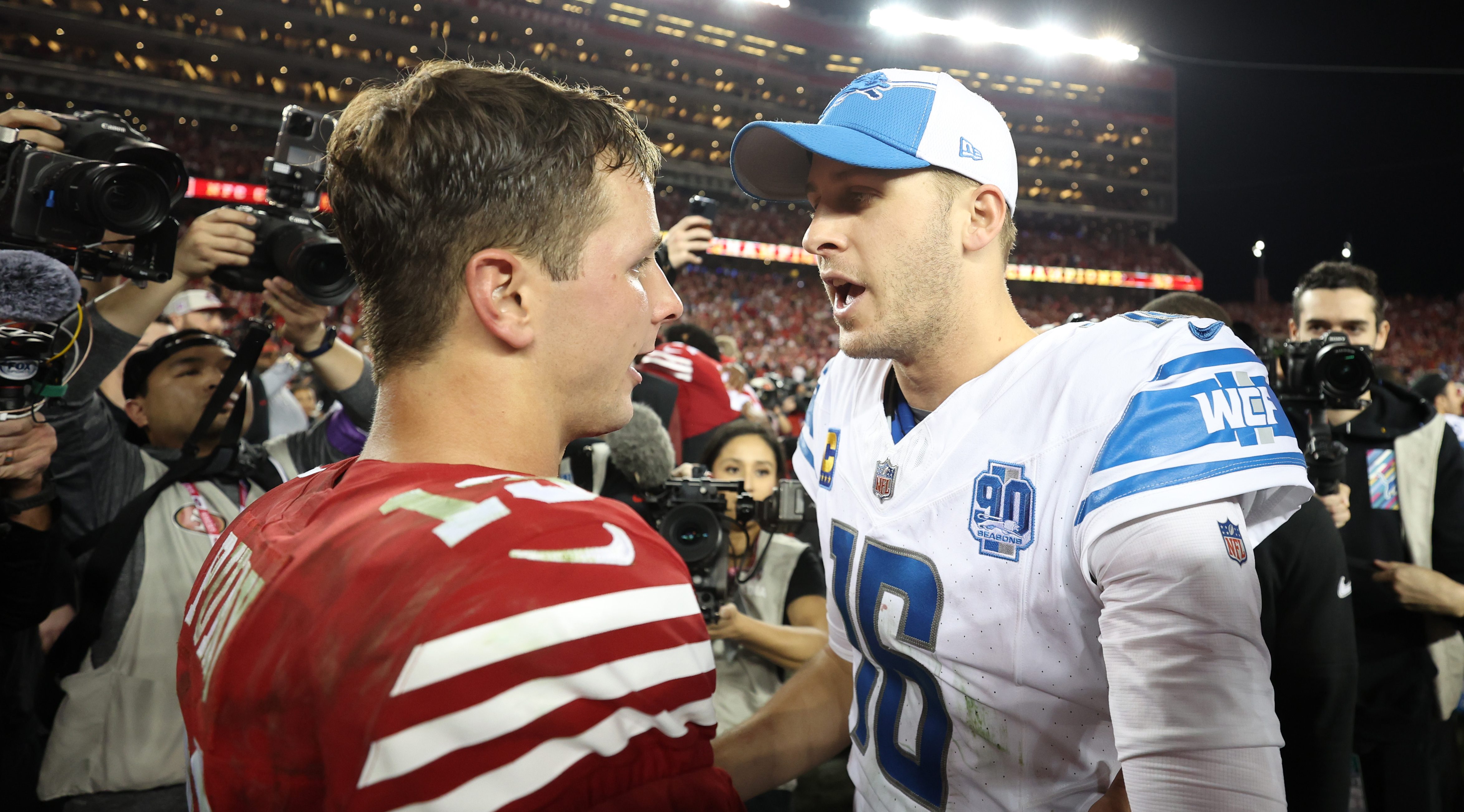Every Sunday is a new opportunity for fans to witness something that has never been seen on an NFL field or scoreboard.
There are countless possibilities for what the final score in a football game could be. Most teams reach their totals by adding up threes for field goals and sevens for touchdowns combined with extra points. Those aren’t the only two methods for scoring points, though, leaving some matchups with head-scratching finals.
Even with more than 100 years of NFL history, the league still continues to find unique final scores. The phenomenon surrounding those never-before-seen totals picked up popularity in recent years and even has a name: scorigami.
With the 2024 NFL regular season in full swing, let’s break down the scorigami concept and its application in the league:
What does scorigami mean?
Jon Bois of SB Nation originated the term “scorigami,” which is used to find final scores that had never occurred before in an NFL game. He narrated a thorough explanation on the topic in a video posted in 2017, giving a full rundown of the scores that have happened and diving into what is possible on an NFL scoreboard.
NFL
Scorigami is now something that is tracked with each NFL game. The Scorigami Twitter account does live analysis of each game through the context of scorigami. Developed by three-time “Jeopardy!” champion Dave Mattingly, the account calculates the chances of a given game ending with a scorigami and the most likely scorigami outcome.
The NFL Scorigami website has a full archive of every final score that has been achieved in league history, along with the scores that have yet to be reached.
Get a weekly recap of the latest San Francisco Bay Area housing news. >Sign up for NBC Bay Area’s Housing Deconstructed newsletter.
How many different NFL final scores have there been?
So far, 1,085 different final scores have been achieved in NFL history.
The lowest possible score is 0-0 and has been achieved 73 times, though the most recent scoreless tie came on Nov. 7, 1943.
The most points any team has scored in an NFL game is 73. Not only did the Chicago Bears score the most points for a single game, but they shut out Washington in the same game to earn the most lopsided win of all time.
What is the most common final score for an NFL game?
The most common final score for games throughout NFL history is 20-17, followed by 27-24.
Here are the 10 most common final scores listed by how many times they have occurred throughout history:
1. 20-17: 291
2. 27-24: 234
3. 23-20: 202
4. 17-14: 200
5. 24-17: 178
6. 13-10: 169
7. 24-21: 158
8. 17-10: 148
9. 16-13: 145
10. 24-14: 139
How many scorigamis were achieved during the 2023 season?
Nine games during the 2023 season ended in final scores that had never been recorded in league history:
- 25-9: Ravens over Texans, Week 1
- 70-20: Dolphins over Broncos, Week 3
- 25-11: Eagles over Buccaneers, Week 3
- 43-20: Cowboys over Rams, Week 8
- 39-37: Texans over Buccaneers, Week 9
- 29-12: Broncos over Browns, Week 12
- 45-15: Dolphins over Commanders, Week 13
- 63-21: Raiders over Chargers, Week 15
- 56-19: Ravens over Dolphins, Week 17
How many scorigamis have been achieved during the 2024 season?
Week 1 saw the first scorigami of the 2024 season, as the San Francisco 49ers defeated the New York Jets 32-19.
Why is a 6-1 score possible in football but a 7-1 score is not?
As Bois explains in the video, there is one situation where a 6-1 score is possible.
Team A would need to score a touchdown to break a scoreless tie. On the ensuing PAT attempt, if Team B gets a safety, it would be awarded one point as opposed to the usual two points for a safety since it came on a conversion attempt.
Because of this phenomenon, final scores of 1-0, 2-1, 3-1, 4-1, 5-1 and 7-1 are not possible. For Team A to get have exactly seven points after scoring a touchdown to go up 6-0, it would either need to:
- Make an extra point, which would bring the score to 7-0 and eliminate the possibility of it ever being a 7-1 game.
- Miss the ensuing conversion and score a safety after a Team B touchdown, which would inherently mean that Team B will finish with at least six points instead of one.
Editor’s note: An earlier version of this article was published in September 2022.



